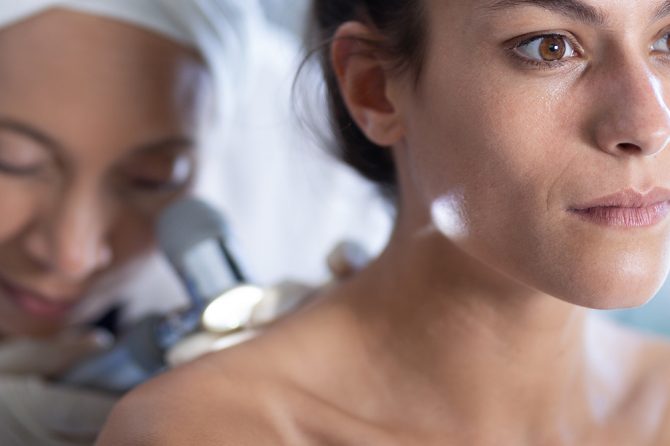
What to expect during a Skin Examination
There are three main types of skin cancer: basal cell carcinoma, squamous cell carcinoma and melanoma. While they each look different, the most common warning sign of any kind of skin cancer is a change on the skin, such as a new growth or a visible change in an existing growth or mole.
Ahead of the appointment, make note of any spots on your skin that you’re concerned about, and be sure to bring them up before your doctor gets started.
For the exam, you may be asked to remove all of your clothing except underwear and put on a gown.
The doctor will use a hand-held magnification tool called a dermatoscope to look at skin lesions in more detail.
To make this as easy as possible, she recommends that you do the following before your appointment:
- Remove all makeup.
- Remove any bandages, braces or other things that may be covering the skin.
- Do not wear jewellery.
What happens if they find something?
If your doctor finds a spot that could be cancerous or pre-cancerous, they’ll likely want to take a picture for your medical chart and perform a skin biopsy.
During a biopsy, the doctor will remove a small amount of tissue to be examined under a microscope by a pathologist. This is a simple procedure that can be done in the clinic. They’ll clean the area of skin where the spot is located, numb it with an injection of anesthesia, and use a blade or scalpel to take a sample of the skin. You shouldn’t feel any pain, aside from the pinch from the injection.
The sample will be sent to the lab for testing, and your doctor will share the results with you when they are available. This usually happens within a few days but could take up to a week or longer.
If the spot turns out to be cancerous, it may need to be completely removed or treated with other methods.
Leave a reply
